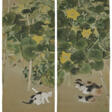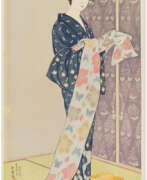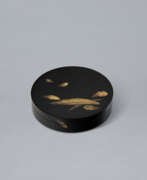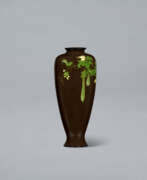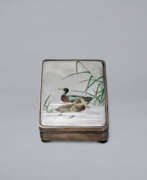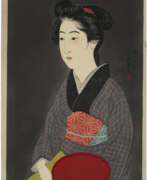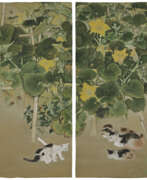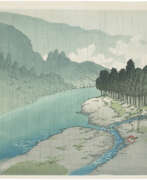Taisho period

Taisho period
The Taisho period, which lasted from 1912 to 1926, marks a distinctive era in Japanese history, characterized by significant political, economic, and cultural transformations. This period began with the accession of Emperor Taisho following the death of Emperor Meiji, leading to a shift in political power from the traditional oligarchic group of elder statesmen, known as genrō, to the Imperial Diet of Japan and democratic parties. This transition fostered what is often referred to as "Taisho Democracy," a time of liberal movement and democratization in Japan.
Culturally, the Taisho era continued the influence of Western culture that had begun during the Meiji period. Notable artists of this period, such as Kobayashi Kiyochika, adopted Western painting styles while also working in traditional Japanese ukiyo-e. Authors like Mori Ōgai, who had studied in the West, brought back different perspectives on human life influenced by Western developments. The era was also a time of literary flourish, with figures like Ryunosuke Akutagawa and Junichiro Tanizaki emerging as major novelists, strongly influenced by French and English literature. Additionally, ukiyo-e experienced a revival with the Shin Hanga movement, which incorporated Western elements such as impressionism and personal expression.
The Taisho period is also remembered for its role in Japan's international relations. During World War I, Japan played a marginal role but emerged from the conflict as a creditor nation and gained a permanent seat on the Council of the League of Nations. This period saw Japan's influence increase in Manchuria and Mongolia, while German possessions in the Pacific and rights on Shandong were transferred to Japan.
For art and antique collectors, and experts in Japanese history, the Taisho period offers a rich tapestry of cultural and political developments. Its blend of traditional Japanese elements with Western influences created a unique cultural landscape. To further explore this era and stay updated on related exhibitions, sales, and auctions, consider signing up for updates related to the Taisho period. This will ensure that you are well-informed about the latest developments and opportunities related to this fascinating period in Japanese history.
| Country: | Asia, Japan |
|---|---|
| Start of the period: | 1912 |
| End of the period: | 1926 |
